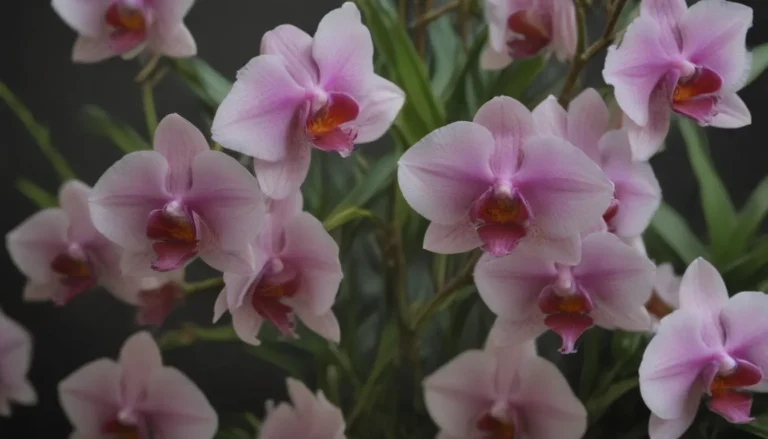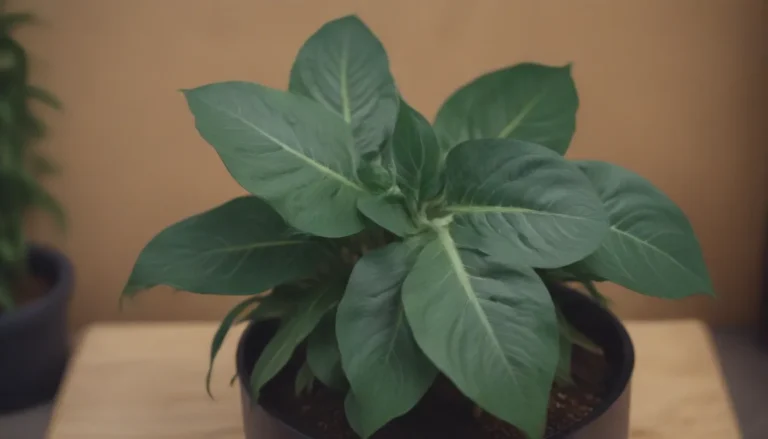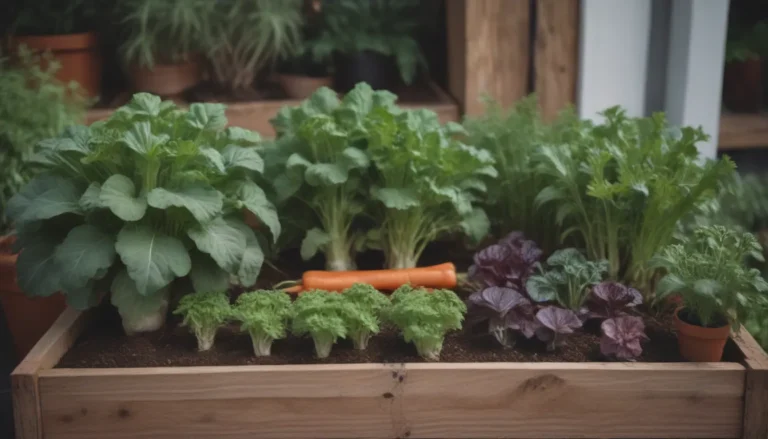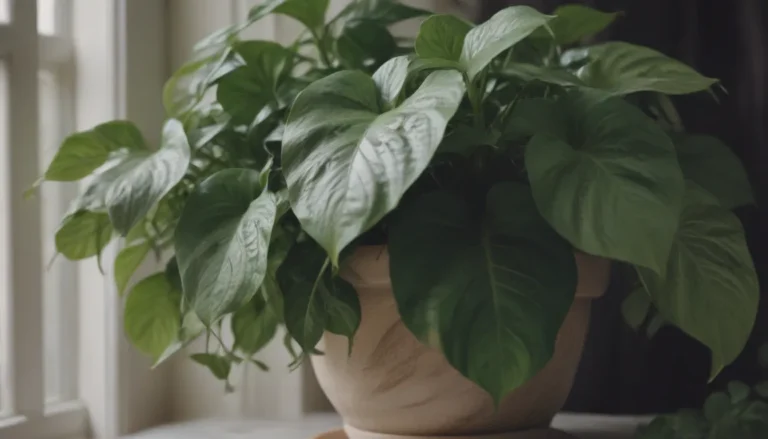The Ultimate Guide to Growing and Caring for Black Krim Tomatoes

Are you looking to add a unique touch to your garden with the flavorful Black Krim tomatoes? These medium-sized heirloom tomatoes boast a stunning color palette ranging from dark maroon to deep purple or even black. Not only is their appearance striking, but their taste is equally impressive. Black Krim tomatoes are known for their intense flavor profile, blending sweet and acidic notes with a hint of saltiness. Originating from the Crimean peninsula on the Black Sea, these tomatoes have a rich history and a distinctive taste that sets them apart from other varieties.
In this comprehensive guide, we will explore everything you need to know about growing and caring for Black Krim tomatoes. From planting to harvesting, we will delve into the essential steps to ensure a bountiful harvest of these exquisite tomatoes. So, grab your gardening tools and let’s get started on your Black Krim tomato journey!
Planting Black Krim Tomatoes
When to Plant
Black Krim tomatoes are sensitive to cold temperatures, so it’s crucial to wait until after the danger of late spring frost has passed. To ensure successful growth, make sure the soil temperature has reached at least 60 degrees Fahrenheit before planting. Additionally, remember to harden off the seedlings before transplanting them into your garden.
Selecting a Planting Site
Sunlight is essential for Black Krim tomatoes to thrive and develop their full color and flavor. Choose a sunny spot in your garden with excellent drainage to prevent waterlogging. If you lack suitable ground space, consider growing Black Krim tomatoes in large containers.
Spacing, Depth, and Support
Black Krim tomatoes are indeterminate plants that require ample space and sturdy support. Ensure to leave 3 to 5 feet of space between each plant to allow for proper air circulation and ease of picking. Depending on the size of the seedling, you can use the deep hole method or the trench method for planting. Remember to provide a reliable support system such as staking or tomato cages to support the sprawling growth of these plants.
Tip
Avoid planting tomatoes in soil where other members of the nightshade family, such as potatoes, eggplants, or peppers, were grown the previous year to prevent disease transmission.
Caring for Black Krim Tomatoes
Light
Black Krim tomatoes thrive in full sunlight, so ensure they receive at least six to eight hours of sunlight per day to promote healthy growth and fruit development.
Soil
Provide your Black Krim tomatoes with loamy, well-drained soil rich in organic matter. Aim for a slightly acidic soil pH between 6.0 to 6.8 to create optimal growing conditions for your plants.
Water
Consistent watering is essential for Black Krim tomatoes, especially during hot summer months. Water deeply and regularly to prevent the soil from drying out, as dry soil can lead to issues like blossom end rot. Avoid overhead watering to prevent the spread of diseases and water at the base of the plant.
Temperature and Humidity
While Black Krim tomatoes are heat-tolerant, they are sensitive to cold temperatures. Monitor the weather conditions and plan your planting accordingly. High humidity levels can increase the risk of fungal diseases, so ensure proper pruning and spacing to promote good air circulation around the plants.
Fertilizer
Use a slow-release organic fertilizer or a specialized tomato fertilizer slightly higher in potassium to support the growth of your Black Krim tomatoes. Incorporate the fertilizer into the soil at planting and continue to fertilize every 2 to 3 weeks during the growing season, following the manufacturer’s instructions.
Pollination
While Black Krim tomatoes are mostly self-pollinating, there is a possibility of cross-pollination with other tomato varieties if planted in close proximity. To avoid this, maintain a distance of at least 10 feet between different tomato varieties to preserve the genetic purity of your Black Krim tomatoes.
Harvesting Black Krim Tomatoes
Determining the optimal time to harvest Black Krim tomatoes can be a bit challenging due to their unique coloration. Look for fruits that are dark, brown-red to black, with smooth and waxy skin. Disregard any greenish areas around the stem, as the shoulders of Black Krim tomatoes often remain green even when ripe.
Growing Black Krim Tomatoes in Pots
If you prefer container gardening, Black Krim tomatoes can thrive in pots with a capacity of at least 10 gallons. Use high-quality potting soil with good drainage and ensure the container is placed in a sunny location to support healthy growth.
Pruning Tips
Pruning is crucial for managing the vigorous growth of indeterminate Black Krim tomato plants. Remove suckers and low branches early in the season to promote airflow and prevent disease. As the plants mature, thin out leaves and remove excess foliage to enhance air circulation and redirect the plant’s energy towards fruit production.
Starting Black Krim Tomatoes from Seed
If you’re unable to find Black Krim seedlings at your local nursery, starting them from seed is a viable option. Follow the same steps as you would for any other tomato variety to successfully grow Black Krim tomatoes from seed.
Common Pests and Plant Diseases
Black Krim tomatoes are susceptible to cracking, blossom end rot, and fungal diseases such as Fusarium wilt and Verticillium wilt. To prevent these issues, maintain consistent watering practices, proper ventilation, and monitor your plants for any signs of disease.
In conclusion, growing and caring for Black Krim tomatoes can be a rewarding experience for any gardener. With their unique appearance and exceptional flavor, these heirloom tomatoes are sure to add a special touch to your garden and culinary creations. By following the guidelines outlined in this guide, you can cultivate healthy and productive Black Krim tomato plants that will yield a bountiful harvest for you to enjoy. Happy gardening!





